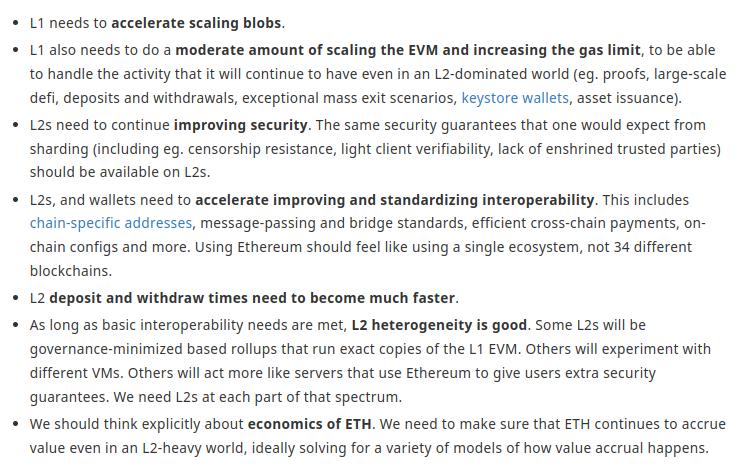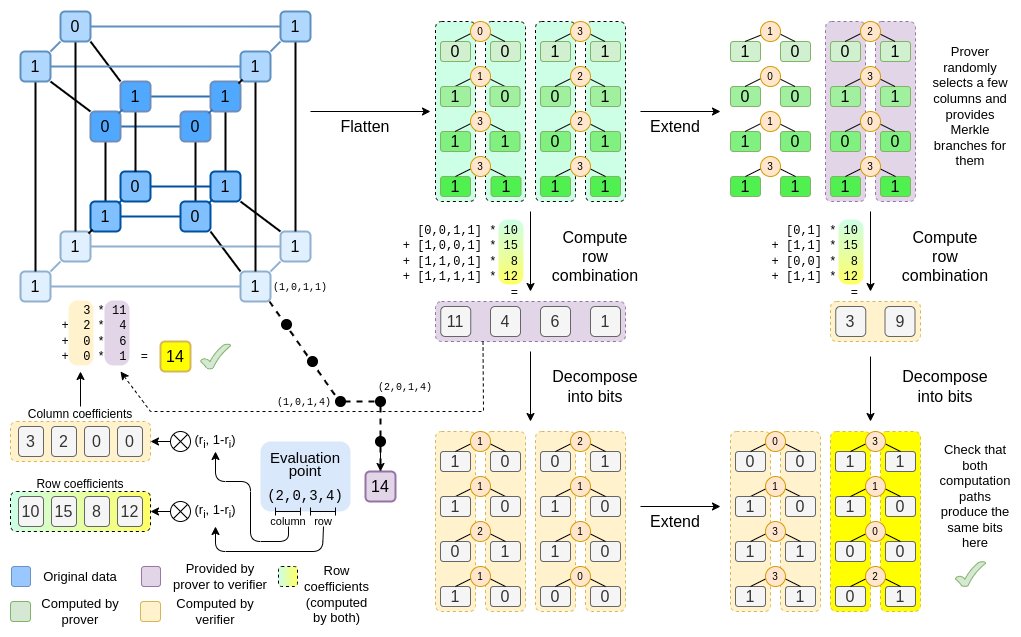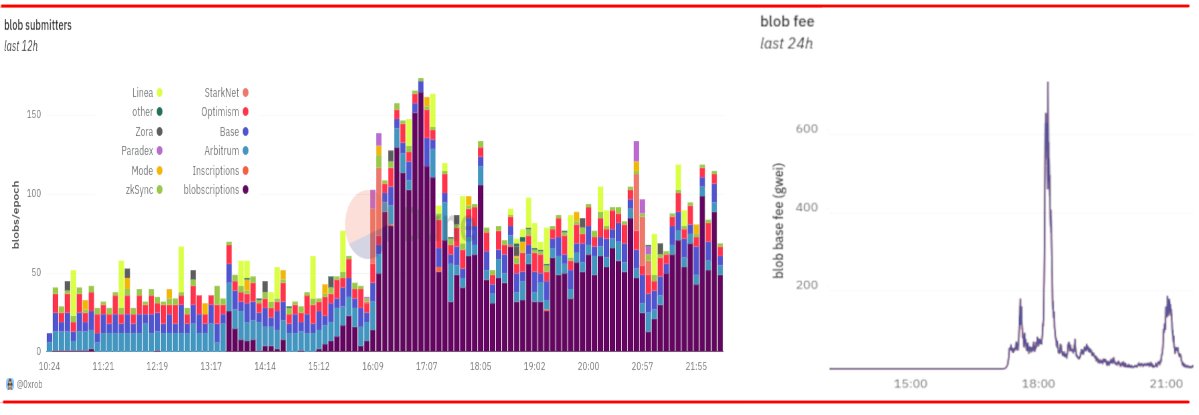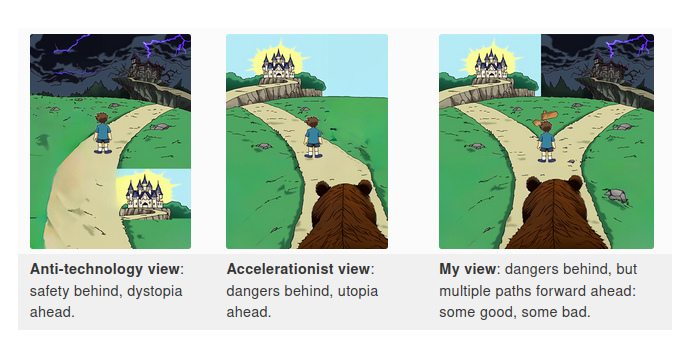Ethereum distinguishes itself in two ways: a principled technological and social philosophy committed to decentralization, and real value already brought to millions of users. 



L2s have made great progress, and this is a testament to Ethereum's ecosystem and development philosophy working in action. 

Today, there are two primary challenges:
1. Scale
2. Challenges of heterogeneity (standards, interoperability, proof system security, user experience, economics ....)
1. Scale
2. Challenges of heterogeneity (standards, interoperability, proof system security, user experience, economics ....)

We could give up on L2s and try to do 2016-era-style L1 sharding. But this would be a mistake.
Instead, we should double down on our work on interoperability, ZK-EVMs, etc, and get the benefits of independent innovation and a unified Ethereum at the same time.
This means:
Instead, we should double down on our work on interoperability, ZK-EVMs, etc, and get the benefits of independent innovation and a unified Ethereum at the same time.
This means:

Summary: raise the blobs, work hard on interop and security, think about economics. See the post for more details on each topic.
Ethereum's future is bright.
Ethereum's future is bright.
• • •
Missing some Tweet in this thread? You can try to
force a refresh






















